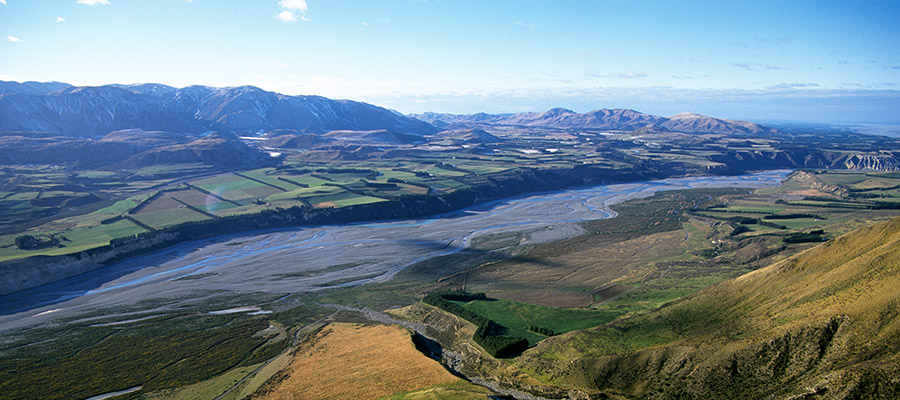
Environment Canterbury to appeal Dewhirst decision related to definition of “riverbed”
Environment Canterbury is to appeal the December 2018 High Court decision, Dewhirst Land Company Ltd v Canterbury Regional Council, to the Court of Appeal. Among other things, the decision to appeal is felt to be necessary to ensure clarity for all – including landowners, communities and river users – on a point of law that has wide-reaching implications and which is central to Environment Canterbury’s work in protecting the region’s much-valued braided rivers.
The decision to appeal to the Court of Appeal is a carefully considered one, given the value the community places on the cultural, recreational, wildlife and landscape values of braided rivers. The significance of protecting these special values is too important an issue not to fight for.
The decision to appeal is not about undertaking a ‘land grab’, nor is it about reducing property ownership or pursuing a single defendant through the courts. Rather, it is to gain much-needed clarity on the legal definition of a “riverbed”. While existing policy and rules are in place, the struggle is to apply these when it is unclear the areas in which our rivers can remain in their natural state. Landowners who do have land within areas defined as riverbed may have to gain resource consent in the future for certain activities.
Worth noting is that between 1990 and 2012, nearly 12,000 hectares of formerly undeveloped or forested river margin land in the region’s low plains was converted to intensive agricultural use. This is an area three times the size of the Lyttelton Harbour. The High Court decision may mean that previously managed or prohibited activities (eg, the farming of stock within the “bed” of a river) will be managed in a smaller area.
Background
In 2017 Environment Canterbury prosecuted the Dewhirst Land Company Limited and its director, Michael Dewhirst, in relation to works undertaken in the bed of the Selwyn River. Those works included excavations and bed disturbances in the river and the construction of a bund, to develop the property for the installation of pivot irrigation.
The defendants pleaded guilty to the charges, but disputed two matters, one of which was around the location of the bed of the Selwyn River and the extent to which the works conducted were in the “bed” of the river. (Note: “bed” is defined in the Resource Management Act (RMA) in a way that is difficult to apply with any certainty to Canterbury’s braided rivers.)
There was no dispute that the works were carried out illegally. However, the defendant sought to reduce the penalties for the offending by reducing the area of illegal works that were considered to be within the “bed”.
In April 2018 the District Court found in Environment Canterbury’s favour and adopted its interpretation of the meaning of “bed”, namely that it is the area of land that (a) is covered by the river’s waters at their fullest flow, and (b) does not include land that is covered by reason of the banks being overtopped (ie, beyond the identified banks).
The defendant appealed to the High Court and in December 2018, the High Court found against Environment Canterbury, adopting a narrower approach to the “riverbed” definition. It held that the riverbed is the area between the “reasonably observable banks” of a river – ie, the “bank-to-bank” test.
The appeal is expected to be heard later this year.
